What Are the Benefits of Using Material Handling Equipment?
In today’s fast-paced industrial world, material handling is the cornerstone of efficient production, streamlined logistics, and workplace safety.
It involves the systematic movement, storage, protection, and control of raw materials, intermediate products, and finished goods throughout the manufacturing and distribution process. As businesses aim to boost efficiency while reducing costs and safeguarding workers, investing in robust material handling equipment becomes indispensable. This article delves into various facets of material handling, the vital equipment used in the industry, integration strategies, and emerging trends that are shaping the future of handling material effectively.
What Is Material Handling?
Material handling encompasses all activities associated with the transportation, storage, control, and protection of materials throughout the life cycle of a product. This includes everything from receiving raw materials in a warehouse to delivering finished products to the customer. An efficient material handling system not only speeds up the production cycle but also minimizes injuries and product damage.
In modern facilities, material handling equipment includes a diverse range of tools such as lifting clamps, vacuum lifters, slab lifters, scissor lifters, and large-scale machinery like gantry crane and jib crane. Each piece of equipment plays a crucial role in ensuring that operations run smoothly and safely.
The Importance of Material Handling in Industrial Operations
Enhancing Operational Efficiency
Every movement of material—from unloading raw inputs to packaging the finished product—affects the overall workflow. Efficient material handling minimizes delays and prevents bottlenecks by ensuring that the right equipment is used at every stage. For instance, optimizing routes with automated guided vehicles (AGVs) or conveyors, combined with proper use of lifting equipment, leads to faster throughput and less downtime.
Increasing Workplace Safety
Effective material handling not only saves time but also protects employees from injuries. Lifting heavy loads manually can lead to musculoskeletal injuries and other risks. By implementing equipment such as lifting clamps and specialized lifting machines, companies can significantly reduce the physical strain on workers and decrease the likelihood of accidents.
Reducing Operational Costs
Investments in advanced material-handling equipment often lead to significant cost savings over the long term. Efficient systems help reduce product damage, improve inventory control, and minimize the labor needed for handling tasks. When equipment such as vacuum lifters and slab lifters are integrated into the process, the reduction in product wastage and operational downtime can translate into tangible financial benefits.
Overview of Essential Material Handling Equipment
A robust material handling system relies on a suite of diverse equipment, each tailored to specific types of loads and operational needs. Here we explore some of the most critical pieces of equipment in this sector.
Lifting Clamps
Lifting clamps are versatile, mechanical devices designed to securely grip materials during lifting operations. They are indispensable in scenarios where the material does not have a uniform surface or where direct contact with the load is acceptable. Whether you're dealing with heavy metal beams or bulky wooden panels, lifting clamps provide a stable and secure grip that minimizes the risk of slippage. Their adaptability makes them a popular choice among material handling companies looking to ensure both efficiency and safety.
Vacuum Lifters
For industries that require non-contact lifting, vacuum lifters offer a sophisticated solution. This equipment utilizes suction to securely adhere to smooth surfaces, making it ideal for handling delicate or finished materials without causing damage. The capability of a vacuum lifter to lift and transfer items such as glass panels and metal sheets is invaluable in settings where product integrity is paramount.
Slab Lifters
When dealing with large, flat items such as stone or precast concrete, a slab lifter proves to be a critical tool. These machines are specially engineered to handle and transport heavy, flat surfaces without causing damage. For instance, the slab lifter can effortlessly move concrete or stone slabs in construction sites or manufacturing plants by evenly distributing the load, thus ensuring stability and safety.
Scissor Lifters
Scissor lifters utilize a unique scissor mechanism to provide vertical movement, allowing precise height adjustments. This flexibility makes them ideal for applications requiring exact positioning, such as staging, assembly, or loading tasks. Their ability to adjust quickly and reliably enhances productivity, particularly in environments that must frequently adapt to varying load heights. For more details on these versatile machines, take a look at this scissor lifter.
Integration of Material Handling Equipment in Modern Operations
Creating a Cohesive Material Handling System
An effective material handling system integrates various types of equipment into a cohesive, automated workflow. Combining devices like vacuum lifters, lifting clamps, slab lifters, and scissor lifters enables companies to handle a diverse range of materials efficiently. For example, in a manufacturing setting, delicate glass items can be handled by vacuum lifters, while heavier components are moved using robust lifting clamps.
Leveraging Large-Scale Lifting Equipment
In many large facilities, the integration of high-capacity machinery such as the gantry crane plays a pivotal role. Gantry cranes are designed to handle significantly heavier loads and cover extensive areas, offering mobility that complements other specialized equipment. When combined with systems like a jib crane, the entire material handling process becomes flexible and scalable.
Safety Accessories and Best Practices
Safety is a top priority in any material handling operation. To secure loads during transportation, it’s vital to use safety accessories such as ratchet tie down straps. These straps ensure that materials remain securely fastened during movement, reducing the risk of accidents and equipment damage. Integrating these safety measures with regular equipment inspections and operator training programs builds a solid foundation for safe operations.
Best Practices in Material Handling
Regular Equipment Maintenance
Routine maintenance of material handling equipment is essential to ensure operational efficiency and prolong the lifespan of your machinery. Periodic inspections help identify wear and tear early, allowing for timely repairs and reducing the likelihood of unexpected breakdowns. Companies should implement a comprehensive maintenance schedule for all components—from lifting clamps to vacuum lifters—to maintain a smooth workflow.
Operator Training and Certification
The effectiveness of any material handling system largely depends on the skill and knowledge of its operators. Comprehensive training programs ensure that employees understand the proper use and safety protocols associated with different equipment. Well-trained staff are better equipped to handle emergencies and troubleshoot minor issues, thereby reducing downtime and improving productivity.
Implementing Lean Practices
Lean material handling emphasizes minimizing waste and maximizing efficiency. This can be achieved by optimizing equipment layout, reducing unnecessary movements, and ensuring that every tool is used to its fullest potential. Embracing lean practices not only helps cut costs but also encourages a culture of continuous improvement within the material handling industry.
Leveraging Automation
Automation is transforming the landscape of material handling. Incorporating automated systems such as robotic arms, automated guided vehicles (AGVs), and intelligent sensors can significantly enhance productivity. Automation minimizes the risk of human error, speeds up processing times, and ensures a higher level of consistency across operations. As industries move towards Industry 4.0, integrating smart technology with traditional material handling equipment is becoming increasingly critical.
Impact on Material Handling Companies and the Industry
Enhanced Productivity and Efficiency
Material handling companies are under constant pressure to improve productivity while keeping operational costs low. Advanced lifting equipment—ranging from simple lifting clamps to complex automated systems—plays a critical role in achieving these goals. By investing in cutting-edge material-handling equipment, companies can streamline their workflows, reduce manual labor, and improve overall efficiency.
Competitive Advantage through Technology
Companies that adopt the latest material handling technologies gain a competitive edge. Advanced equipment and integrated systems allow businesses to handle a wider variety of loads safely and efficiently, which is particularly important in high-demand industries such as manufacturing and logistics. This technological edge often translates into faster turnaround times and higher customer satisfaction.
Future Trends in Material Handling
The future of material handling lies in continued innovation and integration of new technologies. Some emerging trends include:
-
Advanced Automation: Further integration of AI and robotics will lead to more autonomous material handling systems.
-
Sustainability: Companies are increasingly focused on eco-friendly solutions that reduce energy consumption and waste.
-
Enhanced Connectivity: The Internet of Things (IoT) will make it easier to track and manage material handling operations in real time, enabling predictive maintenance and more efficient resource allocation.
-
Customization: As industries evolve, there will be a growing demand for custom-designed material handling solutions tailored to specific operational needs.
Conclusion
In conclusion, material handling is a vital component of modern industrial operations that directly impacts efficiency, safety, and cost-effectiveness. By employing a comprehensive suite of material handling equipment—including lifting clamps, vacuum lifters, slab lifters, scissor lifters, and advanced machinery like the gantry crane and jib crane—companies can create highly efficient, automated systems that streamline production and logistics.
Adopting best practices such as routine maintenance, operator training, and leveraging automation further enhances the performance of material handling systems, ensuring that materials are moved safely and efficiently at all times. Integrating safety accessories like ratchet tie down straps into these systems adds an essential layer of protection, reducing workplace accidents and preserving the integrity of valuable assets.
For a deeper understanding and real-world examples of material handling, consider exploring resources that discuss the challenges and innovations in this field. Whether you are a part of a large material handling company or a smaller operation looking to optimize your workflows, investing in the right equipment and strategies is key to remaining competitive in the evolving material handling industry.
By keeping up with emerging trends—such as automation, sustainable practices, and advanced connectivity—you can ensure that your material handling operations are not only efficient but also future-proof. The right blend of technology, training, and safety practices will empower your organization to handle materials more effectively and sustainably, driving growth and enhancing overall productivity.
Embrace the advancements in material handling technology to streamline your operations and secure a competitive edge in today’s dynamic industrial environment. From the humble lifting clamp to the sophisticated vacuum lifter, every piece of equipment plays a pivotal role in ensuring that your materials are handled with the utmost care and efficiency.




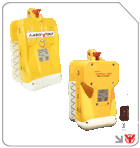
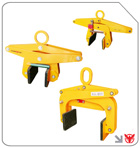
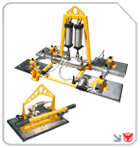
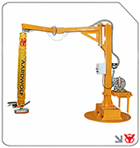
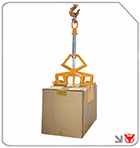
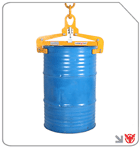
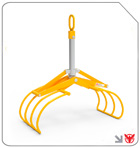
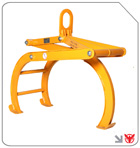
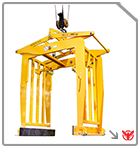
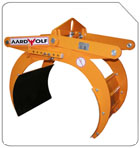
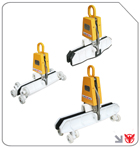
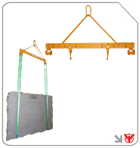
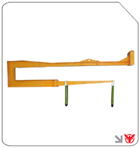
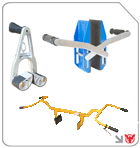
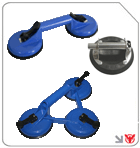

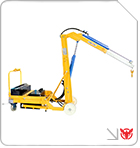
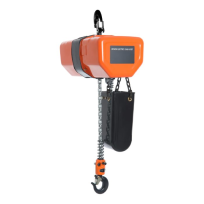
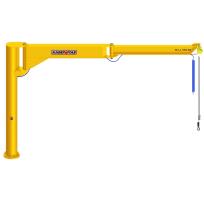
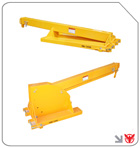
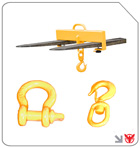
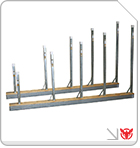
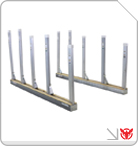
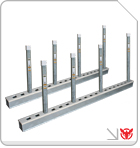
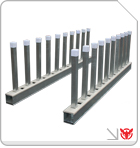
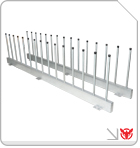
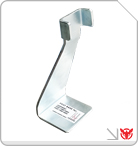
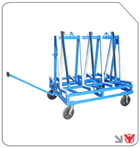
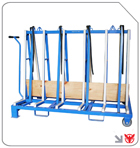
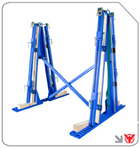
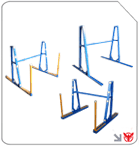
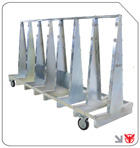

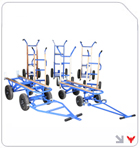
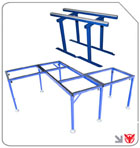
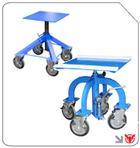
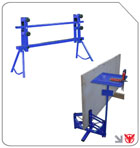
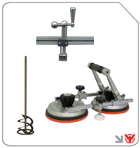

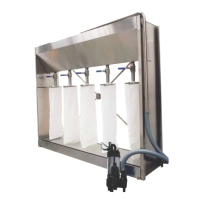
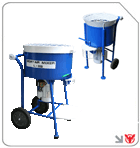
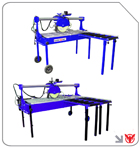
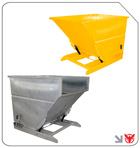
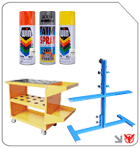

Follow us on: